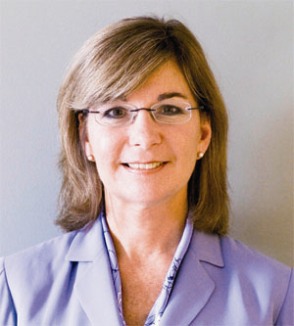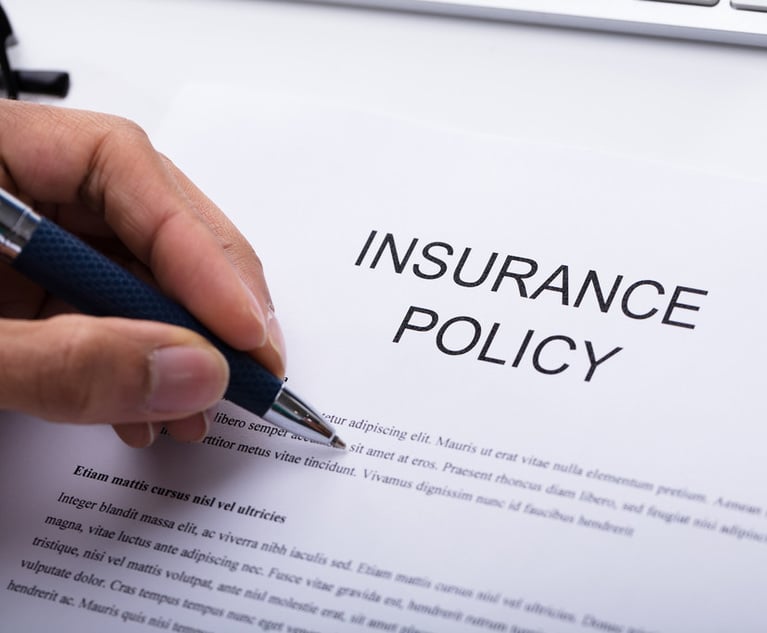 The president and CEO of catastrophe-modelerKaren Clark & Co. explains why she's convinced “CharacteristicEvent Analysis” offers a more effective method of cat-lossestimation and preparation than the insurance industry's longtimefocus on probable maximum losses.
The president and CEO of catastrophe-modelerKaren Clark & Co. explains why she's convinced “CharacteristicEvent Analysis” offers a more effective method of cat-lossestimation and preparation than the insurance industry's longtimefocus on probable maximum losses.
In terms of what insurers need to be doing, what are thefundamental requirements for effective catastrophe-riskmanagement?
|After consulting with dozens of insurance and reinsurancecompanies over the past few years, we've found that insurers wouldvery much like to have risk-management metrics with threefundamental qualities: consistency, transparency and operationalability. In order to effectively manage catastrophe risk, insurersneed to fully understand the risk and how it's being measured fortheir specific books of business. Insurers would also like a toolthat enables them to monitor the effectiveness of theirrisk-management strategies over time.
|What in your opinion is the greatest challenge P&Cinsurers face in predicting and preparing forhurricanes?
|By focusing on probable maximum losses (PMLs) to manage risk,insurers frequently are surprised by actual events that causelosses over their PML estimates. The problem is thatmodel-generated PMLs mask the major loss potential of 100-yearevents making landfall in specific locations. PMLs give a falsesense of security, while Characteristic Event (CE) Analysis clearlyshows where companies have exposure concentrations that will resultin losses well above their 100-year PML loss estimates.
|What differentiates the CE analysis approach from othermethods?
|The CE approach is transparent and is the right balance betweenfully probabilistic and deterministic approaches tocatastrophe-loss estimation. CEs are defined-probability eventscreated for the return periods of most interest to insurers—such asone-in-100 and one-in-250 years—and are floated across a book ofproperty exposures to provide a complete analysis of the losspotential from representative-return-period events.
|Because of the modeling process, PMLs are not operational andare highly volatile numbers. Instead of one number, CEs provide arange of loss estimates for the 100- and 250-year events that arestable, operational-risk metrics that can be drilled down tocounties, ZIP codes and even individual policies forrisk-management purposes. In this way, CEs provide valuableinformation—information that addresses the model limitations andcomplements the model-generated information.
|Some media reports speculate that climate change iscausing an increase in the severity and frequency of hurricanes. Doinsurers believe this? How does this theory align with provenscience?
|There is no proven science with respect to climate change andhurricane frequency or severity, [but] according to the expertopinion of the U.N.'s Intergovernmental Panel on Climate Change,climate change is likely to decrease hurricane frequency andincrease hurricane intensity over the next 20 years.
|For insurers and claims professionals it takes just one majorhurricane striking a populated area to create a very large industryloss—and companies should be prepared for this at all times.Historically, the worst loss given today's property values would bea repeat of the 1926 Miami hurricane, which is projected to causenearly $100 billion of insured loss if it occurs again.
|—Interviewed by Christina Bramlet
|Want to continue reading?
Become a Free PropertyCasualty360 Digital Reader
Your access to unlimited PropertyCasualty360 content isn’t changing.
Once you are an ALM digital member, you’ll receive:
- All PropertyCasualty360.com news coverage, best practices, and in-depth analysis.
- Educational webcasts, resources from industry leaders, and informative newsletters.
- Other award-winning websites including BenefitsPRO.com and ThinkAdvisor.com.
Already have an account? Sign In
© 2024 ALM Global, LLC, All Rights Reserved. Request academic re-use from www.copyright.com. All other uses, submit a request to [email protected]. For more information visit Asset & Logo Licensing.








